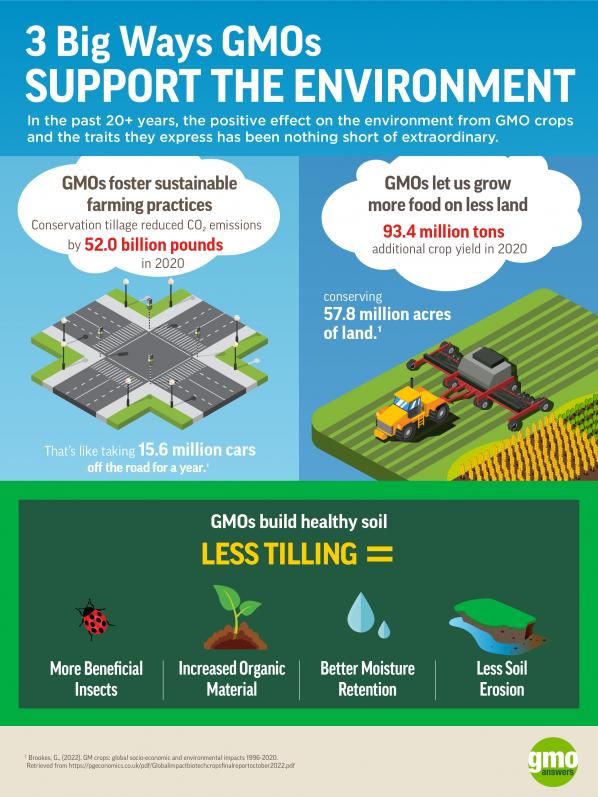GMO Answers Hosts Open Doors Tour in Raleigh
GMO Answers recently hosted its first Open Doors Tour where we invited local bloggers to visit three members of the Council for Biotechnology Information — Syngenta, BASF Plant Science and Bayer. This one-of-a-kind experience offered attendees the opportunity to see firsthand how plant biotechnology works – including – GMOs: how they are researched, developed and tested. The group toured labs and greenhouses, while talking directly with the people who create and study GMO crop variety seeds. Throughout the day, tour participants followed the lifecycle of a GMO from trait identification to commercialization, and visited the Bayer Bee Care Center to learn about agriculture and pollinators, and what is being done to ensure the safety and health of honey bees.
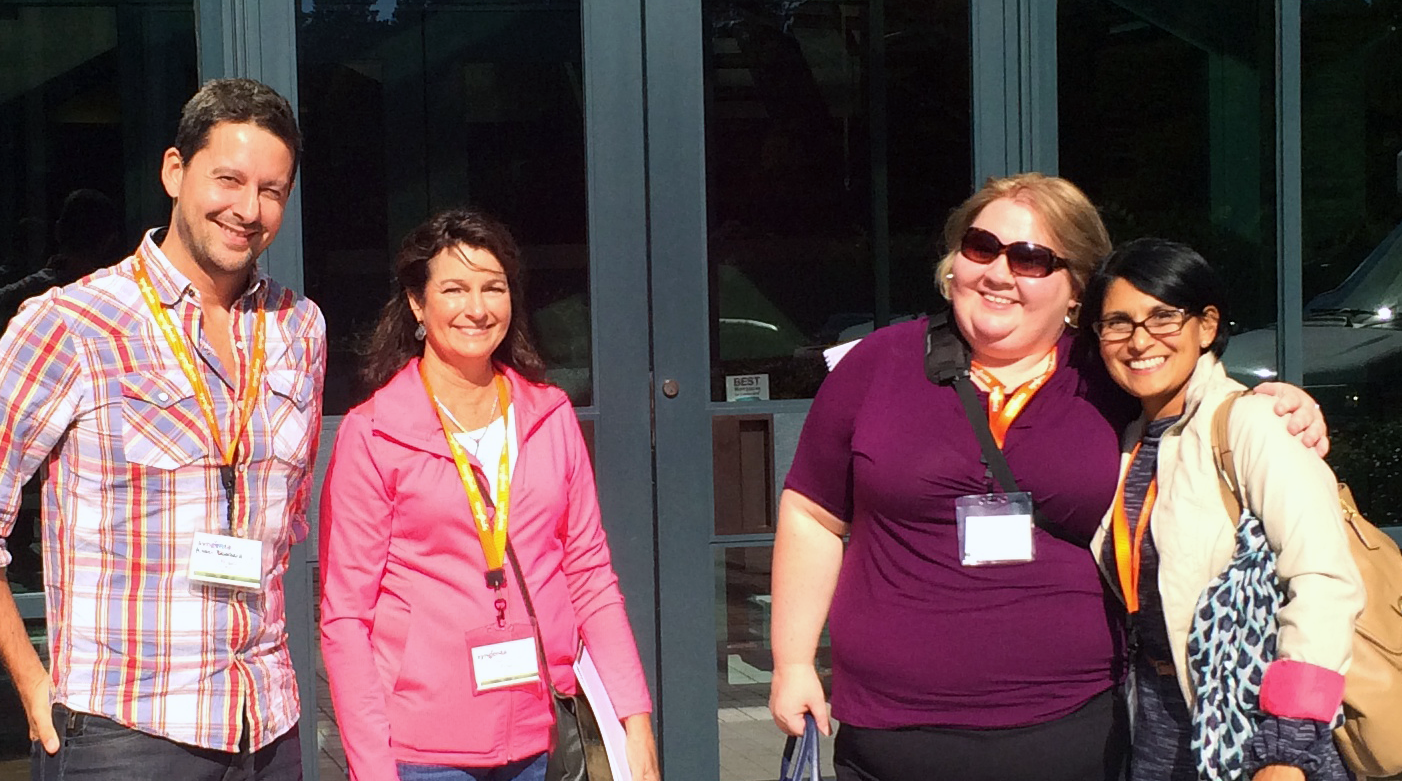
Below is a summary of the tour and then you can watch the video where some of the attendees describe their experience.
We started the day with a “Biotech 101” at Syngenta. Hope Hart, technical leader, discussed the different techniques plant breeders have used for thousands of years to create new varieties of crops with the traits (characteristics) they need, such as resistance to insects and diseases, and surviving among weeds or in drought. A few of the plant breeding techniques discussed during the session included selective breeding, advanced breeding and genetic engineering (GE) plant breeding. These methods are further explained in this infographic.
Hope also defined what a GMO is and what a GMO is not. When people refer to genetically modified organisms (GMOs), they are speaking about crops developed through GE — inserting DNA from one plant or species into another. If a crop needs a trait that can’t be achieved through advanced or selective breeding, plant breeders may use GE to take individual traits from one plant or another organism and transfer it to the plant they are interested in improving. They can also use GE to make a change to an existing trait in a plant they are developing.
We then traveled to the BASF Research Facility to see exactly how genetic transfer occurs for a GMO. Patrick Walker, associate scientist, explained that once a trait of interest is identified, it is transferred into the intended plant, which can be done in a variety of ways. Today, the most common method is to place plant cells in a petri dish with a naturally-occurring bacterium, Agrobacterium, which contains the new trait. The Agrobacterium will transfer the trait to the plant cells. Plant breeders then observe how the those cells develop to see which ones have the new trait and which do not, characterizing and testing the young plants that exhibit the new trait.
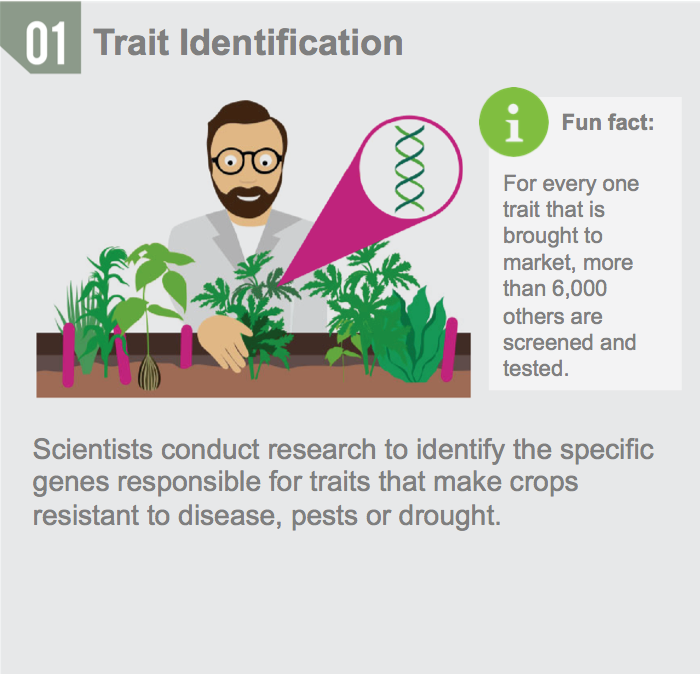
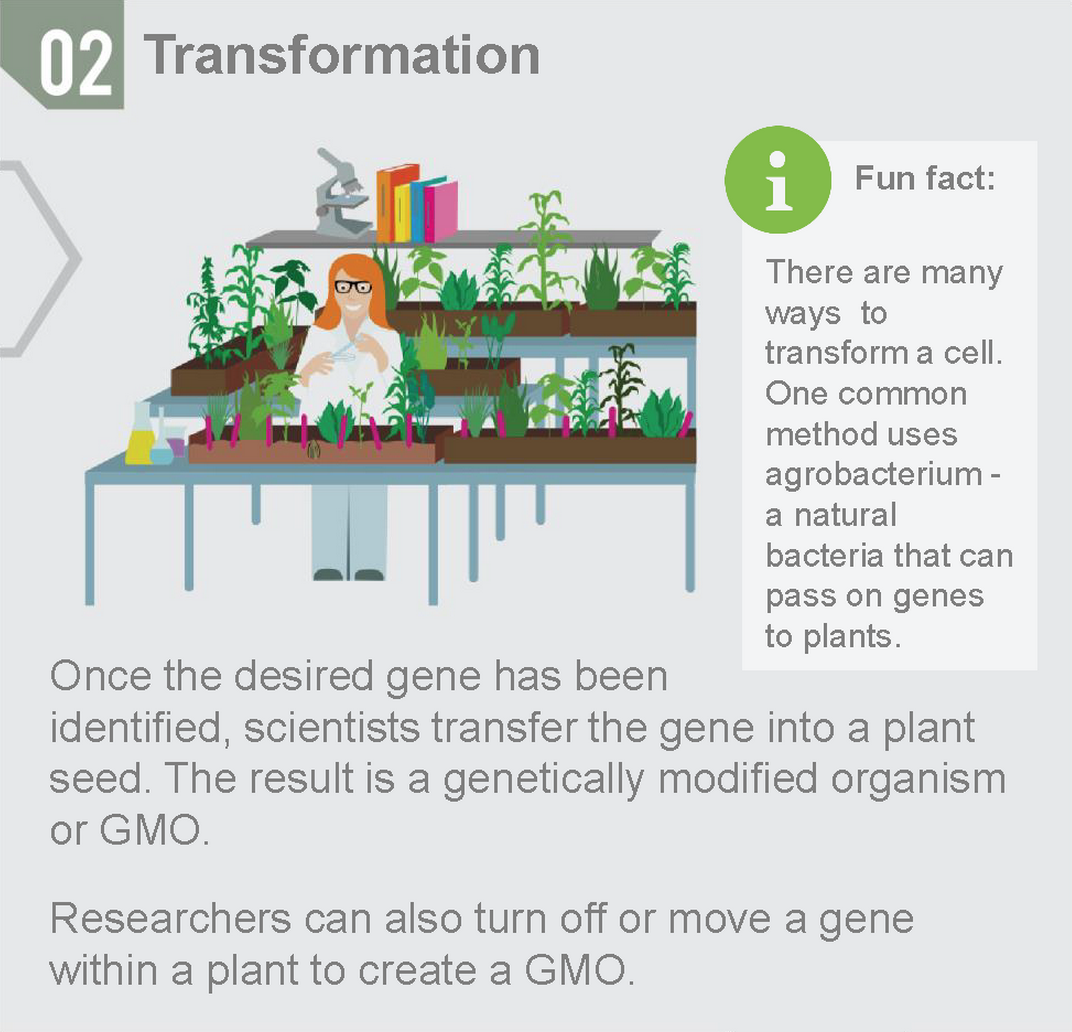
At Bayer we then saw how GMO crops are grown and studied in the greenhouse.
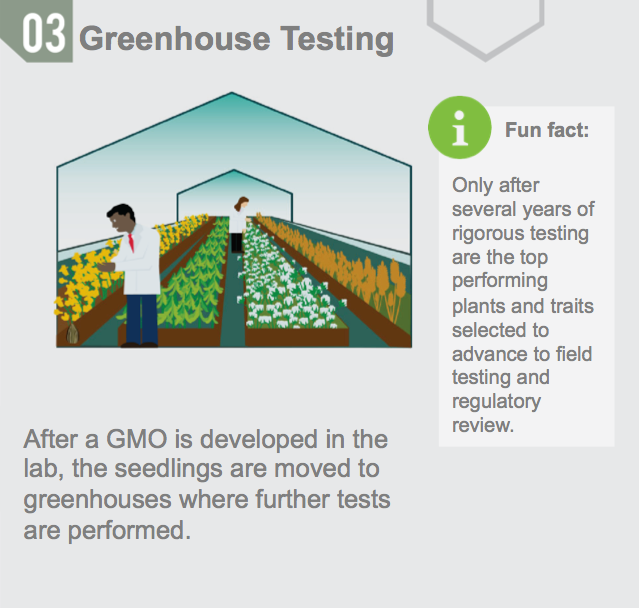
Participants toured a state-of-the-art greenhouse where they saw cotton, soybeans and corn plants, as well as the advanced technology that can regulate greenhouses to resemble the climate in any part of the world so that they can test plants according to “local” conditions. Kurt Boudonck, greenhouse group leader, also showed a GM soybean plant compared with a non-GM soybean plant. Participants saw first-hand how similar GM and non-GM plants look, as the soybean plants were visually the same. Next, participants saw enclosed growth chambers for younger plants where the presence of pests and other adverse effects could be researched. Finally, participants visited the seed logistics area, where seeds from each plant are tracked and stored for later use, such as in outdoor field trials.
In addition to touring the greenhouse, participants visited Bayer’s Bee Care Center and discussed the role bees play in our lives and agriculture. Becky Langer, project manager, talked about the misconception that GMOs are tied to honey bee colony collapse disorder and noted several factors that can negatively impact honey bee health, including the parasitic Varroa destructor mite, bee viruses, bacterial disease, nutrition, gut microbes, hive management practices and pesticide exposure. Langer also shared tips on how to help encourage the growth of bee colonies, such as planting wild flowers in gardens and window boxes.
Finally, we returned to Syngenta to learn more about GMO testing, safety and regulation.
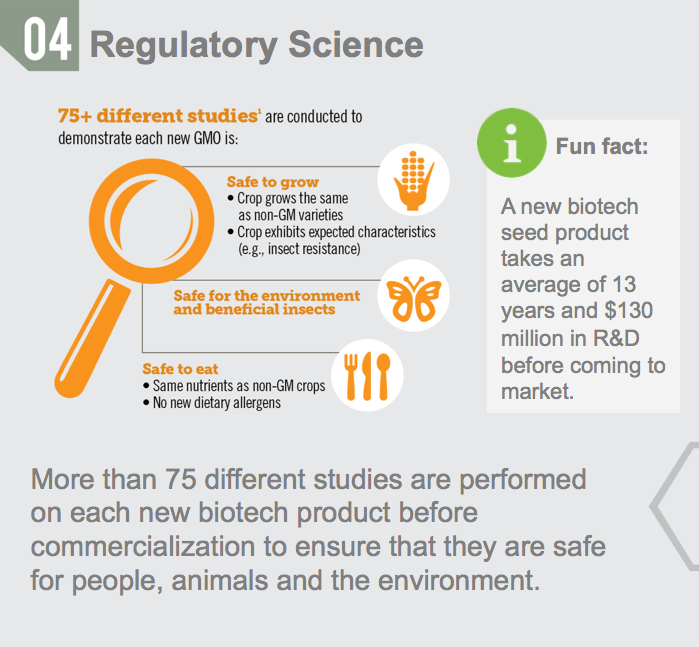 Testing and Regulation: Hope Hart explained that GMOs are the most regulated and tested products in agricultural history. More than 75 different studies are conducted to demonstrate each new GMO is safe to grow, safe for the environment, and safe to eat. Here you can learn more about GMO research, review and regulation.
Testing and Regulation: Hope Hart explained that GMOs are the most regulated and tested products in agricultural history. More than 75 different studies are conducted to demonstrate each new GMO is safe to grow, safe for the environment, and safe to eat. Here you can learn more about GMO research, review and regulation.
Safety: Hope also highlighted the numerous independent scientists and organizations around the world – such as the U.S. National Academy of Sciences, United Nations Food and Agriculture Organization, World Health Organization and American Medical Association – that have looked at thousands of scientific studies and concluded that GM food crops do not pose more risks to people, animals or the environment than any other foods.
After learning about the regulatory process for GMOs, we had the pleasure of meeting Dr. Mary-Dell Chilton, distinguished science fellow, founder of Syngenta Biotechnology and a winner of the 2013 World Food Prize for her work in plant biotechnology. Dr. Chilton shared with us the story behind her passion for science and her experience as a female scientist at the forefront of biotechnology research and crop development.
After the tour the bloggers shared what they thought about their experience. Hear what they have to say in this video.
